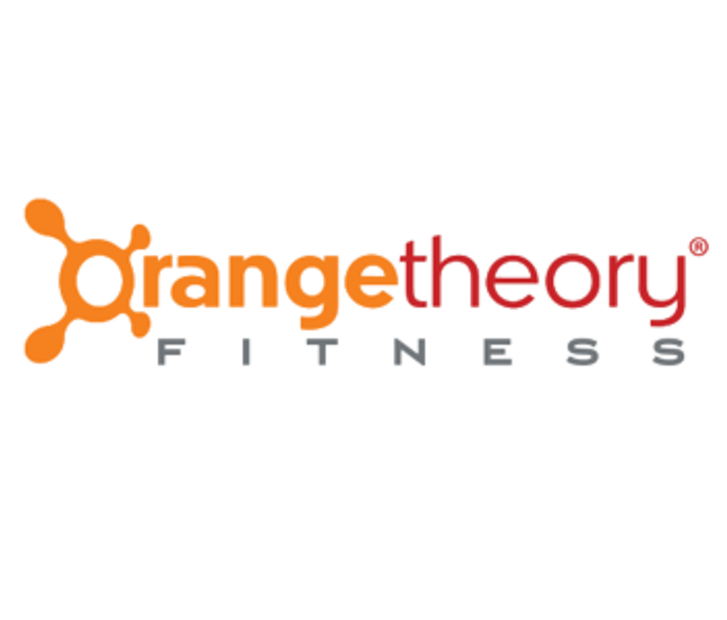Brand Experience








Digital Twinning Market Set to Skyrocket to $35.8 Billion by 2025
25 March, 2024
In the fast-paced world of business, digitalization is no longer a luxury but a necessity for enterprises to expand their reach, engage with customers in real-time, and gauge the success of their marketing strategies. One technology that has significantly impacted various industries worldwide is “digital twinning.” According to Deloitte’s Tech Trends 2020 report, the global digital twinning market was valued at US$3.8 billion in 2019 and is expected to skyrocket to US$35.8 billion by 2025. This surge can be attributed to the rapid evolution of simulation and modelling capabilities, enhanced interoperability, Internet of Things (IoT) sensors, and the increased availability of tools and computing infrastructure.
Digital twinning technology, which has been utilized by the industrial sector for the past two decades, involves creating a virtual replica of a physical object. This is achieved by embedding sensors in an object, like a wind turbine, to collect performance-related data. The data is then relayed to a processing system, which updates the digital twin in real-time. The critical elements of a digital twin include a physical object that generates real-time data, a 3D digital model of the object, a continuous data feed from the physical object to the virtual twin, and a software platform that integrates all relevant data to mirror the physical object in real-time.
The integration of real-time data makes the digital twin a robust tool for conducting simulations, analyzing performance issues, and identifying potential enhancements. By leveraging insights from the digital twin, substantial improvements can be made to the physical object itself. With the recent incorporation of IoT, blockchain, machine learning (ML), AI, and even digital twins of customers (DToCs), this adaptive technology’s applications extend far beyond real-time monitoring and management of factories, power plants, and construction sites.
So how can this technology be utilized for Gym Marketing or to get More Gym Members? As digital twinning bridges the gap between the physical and digital worlds, it offers a unique opportunity for brands to drive customer engagement. Marketers and advertisers interested in exploring digital twins could start with geographic information system (GIS) data, a typically open-source resource. By combining a 3D model from GIS data of ad deployment locations with foot-traffic data from Infrared (IR) motion sensors, marketers can visualize raw data in a 3D context. This makes it easier for clients and stakeholders to see and make data-driven decisions, which is crucial for effective Advertising For Gyms.
Another example of digital twinning is using the metaverse to provide immersive social experiences that run parallel to consumers’ real-life activities. For instance, The Sandbox recently collaborated with McDonald’s Hong Kong to create a gaming virtual world filled with themed challenges and virtual rewards that mirror in-store activities. This approach can be beneficial for Gym Lead Generation as it provides an interactive and engaging experience for potential customers.
While many digital twinning applications are set for industrial uses like process modelling, this only represents the “digital-to-real” direction of the concept. Even without a fully simulated digital twin in the virtual world, many adtech implementations akin to the twinning concept are already helping marketers better understand consumers and their preferences. In cities like Hong Kong that are pushing for a “Smart City,” marketers can create more accurate predictive models using “digital twinning.” This can be particularly useful in planning Facebook Ads, as it provides a more precise understanding of consumer behavior and preferences.
In conclusion, digital twinning technology offers tremendous potential for marketers. It’s not only about creating a digital replica of a physical object but also about leveraging insights from the digital twin to drive customer engagement, make data-driven decisions, and ultimately, achieve business goals. Whether it’s Gym Marketing or Advertising For Gyms, digital twinning can help brands stay ahead in today’s competitive business landscape.




